
[caption id="TheAmericanMuseuminBritain_img1" align="aligncenter" width="1024"]
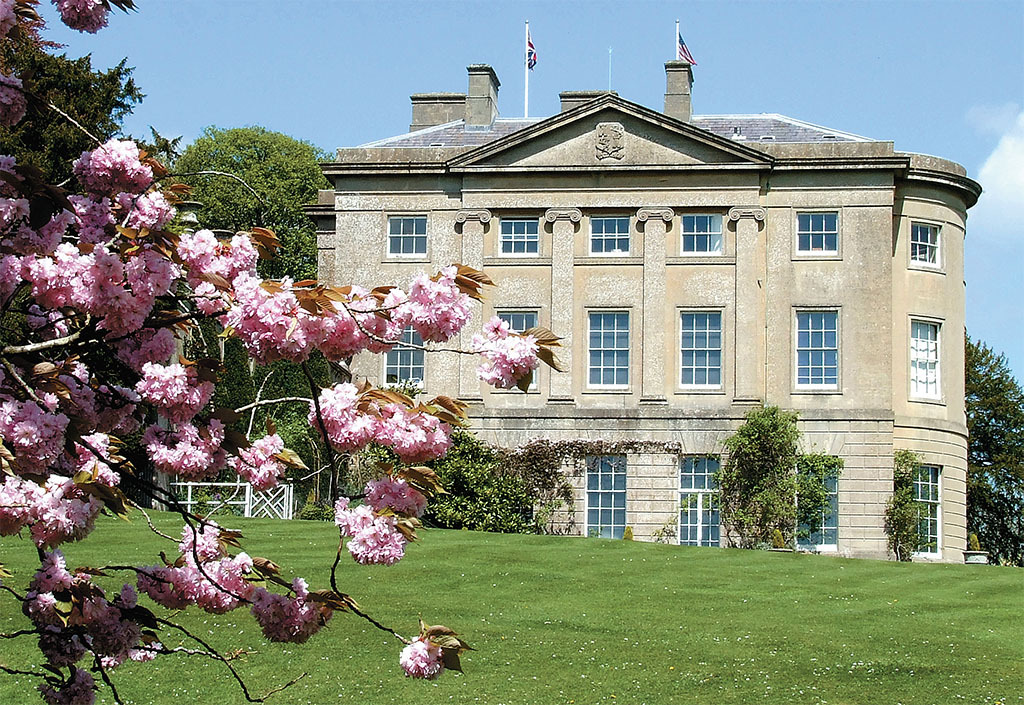
COURTESY OF THE AMERICAN MUSEUM IN BRITAIN
ABOUT THE LAST THING one would expect of an expansive Georgian manor house perched over a picturesque English valley is a museum devoted to Americana. And if in fact you did find such a place, you would expect it to be filled with tributes to Marilyn Monroe, John Wayne and the kitsch of movies and popular culture. After all, aren’t these the things America is known for around the globe?
The American Museum in Britain, however, is a serious and significant museum. In fact, it is the only museum beyond our own shores dedicated principally to American decorative arts.
Perched high on Claverton Downs above the city of Bath, the American Museum occupies the buildings and extensive grounds of Claverton Manor. The renowned architect Sir Jeffry Wyattville, who later remodeled Windsor Castle for George IV, completed the neoclassical manor house in 1820. From its broad lawns there are incredible views over the lush valley of Limpley Stoke.
After changing hands several times over the years—and doing a stint as a residential hall for students—Claverton Manor was purchased in 1958 by Dr. Dallas Pratt and John Judkyn, co-founders of the American Museum in Britain. Expatriate Americans, they had found the British woefully lacking in knowledge of the United States, and discovered that not a single collection of American historic artifacts existed outside the U.S. They began collecting American arts and crafts in earnest, and the museum opened in 1961.
Pratt and Judkyn’s purpose, and the continuing mission of the museum, was to promote increased understanding of American culture and to strengthen lasting ties between the United States and Great Britain. Hands across the sea.
“Actually, we get a lot of Americans coming here,” says Sue Edgeworth in the reception hall. “They do London and Stratford, then they do Bath. They see us and come out of curiosity and they absolutely love it. In fact, though, we get all sorts of visitors: history buffs and school groups, families and fans of America from all over. It’s a great day out.”
The manor’s lower level is devoted to American history, providing a timeline from early colonial days through the 20th century. Displays are devoted to everything from American Indians and the Old West to Nantucket scrimshaw, immigrant journeys and our Civil War.
Across one wall sit annotated photos and portraits of sundry famous Americans, from Thomas Edison and Eleanor Roosevelt to Louis Armstrong and Groucho Marx. Mark Twain is quoted: “An Englishman is a person who does things because they have been done before; an American is a person who does things because they haven’t been done before.”
The centerpiece collection occupies the two principal floors of the elegant manor, and consists of period rooms—paneling, cupboards and hook rugs—removed from their original source and painstakingly reassembled in Claverton Manor: a 1740s keeping room from Lee, N.H.; a Colchester, Conn., drawing room furnished from the China trade; a Pennsylvania German room from Lancaster County; a late 19th-century parlor from Baltimore; a Southern plantation bedroom and many more.
Like many museums, the American Museum in Britain relies on volunteer staff in many capacities, including as guides to the various rooms in the manor. I chatted with Mary Bruce who confessed to being 83 and observed merrily: “There’s so much to see here. We’re a bit quiet at the moment. It’s early in the season.” She has been volunteering for years.
Hannah Burton, next door, is a student at Bath Spa University doing a two-week internship. “A lot of people go and work in an office for two weeks,” she said. “I thought I would come to the museum where I could learn something and meet people and not have a miserable time of it.” And yes, she was very much enjoying her time at the American Museum.
In the outlying carriage house sit a Conestoga Wagon and an Amish buggy; the adjacent stables contain a fine collection of largely 19th-century folk art. Formal gardens extending south toward the valley include a reproduction of gardens from George Washington’s Virginia home at Mount Vernon—a gift of the Colonial Dames of America. An arboretum beyond contains a mature planting of American trees and shrubbery. There are 130 acres of grounds, including 20 acres of gardens.
[caption id="TheAmericanMuseuminBritain_img2" align="aligncenter" width="1024"]
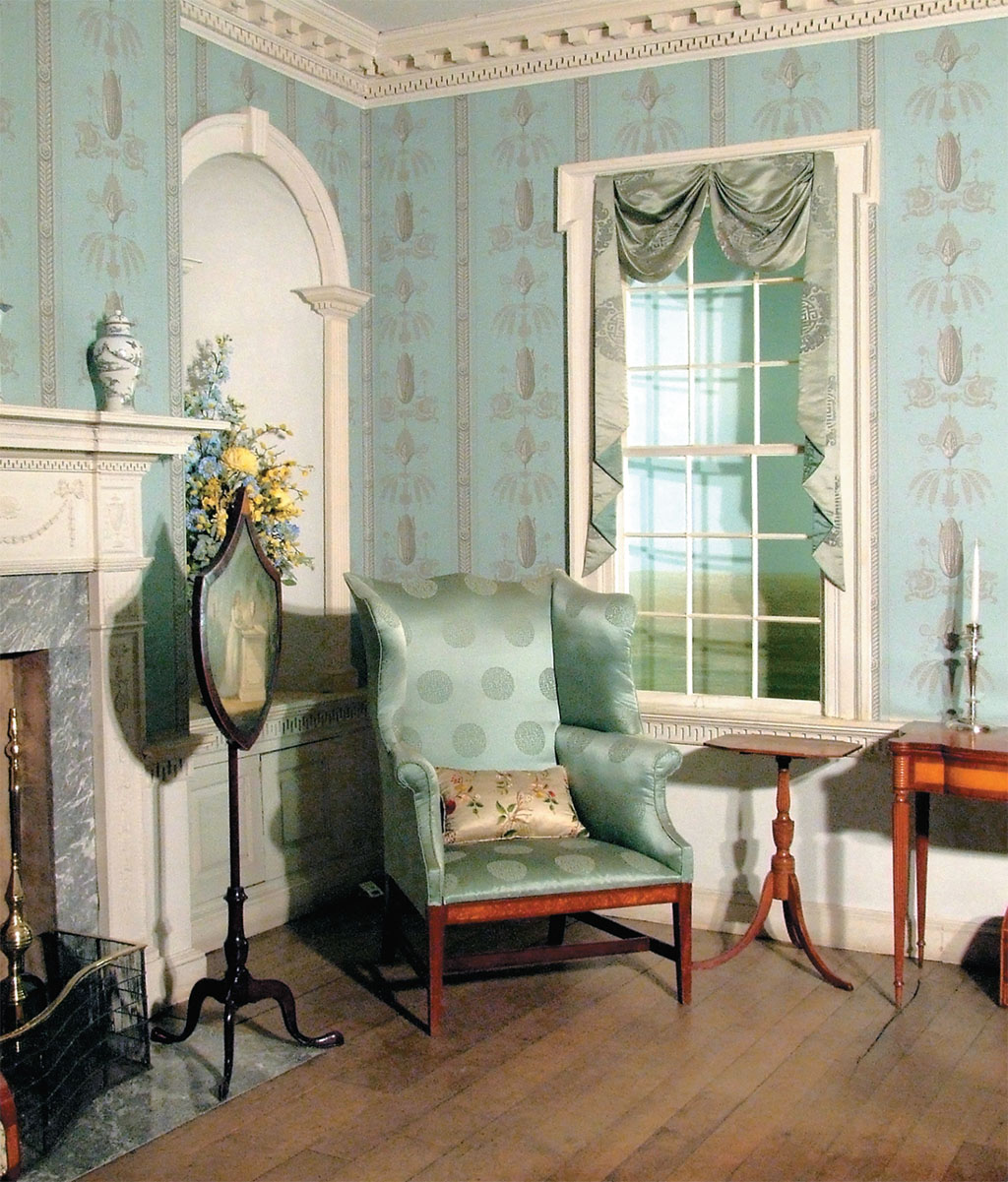
COURTESY OF THE AMERICAN MUSEUM OF BRITAIN
[caption id="TheAmericanMuseuminBritain_img3" align="aligncenter" width="1024"]
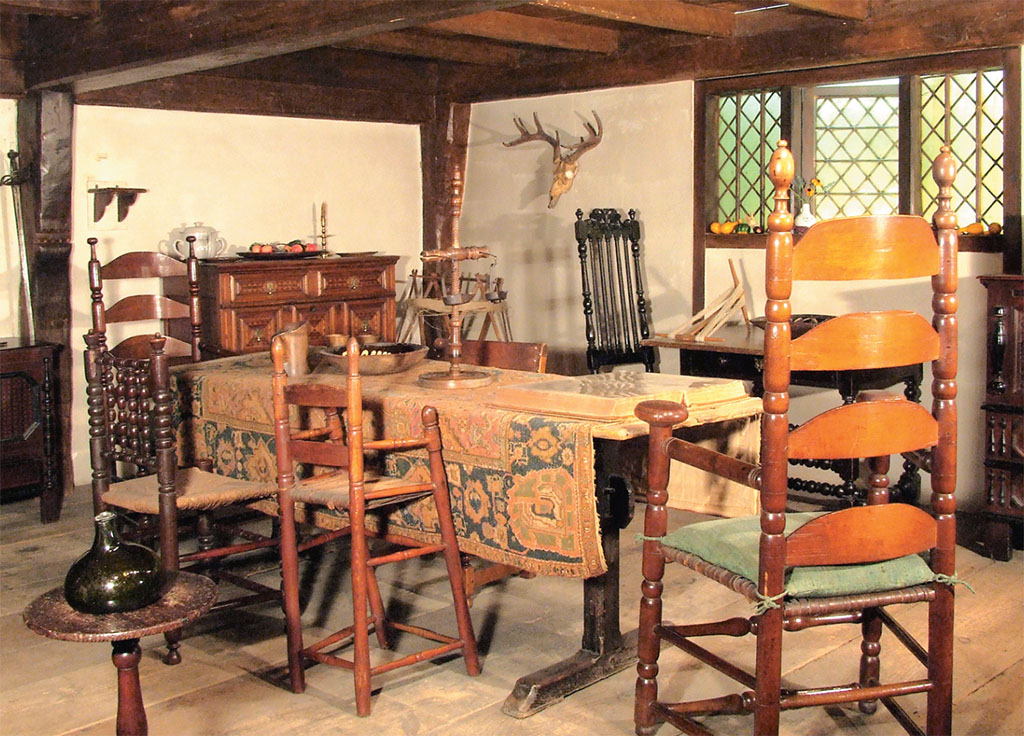
COURTESY OF THE AMERICAN MUSEUM OF BRITAIN
[caption id="TheAmericanMuseuminBritain_img4" align="aligncenter" width="1024"]
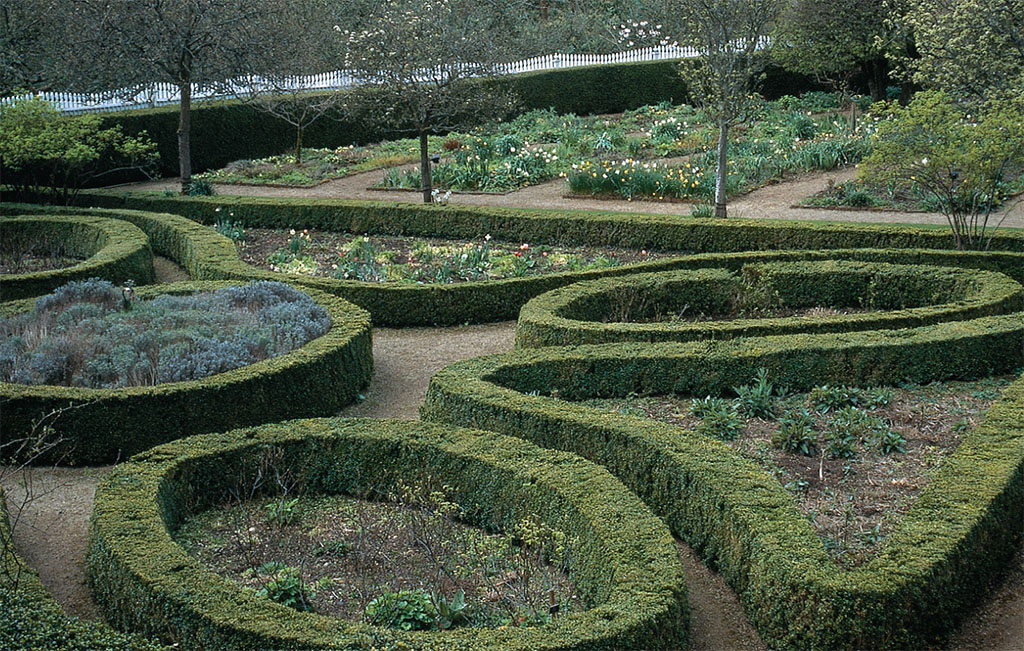
Tucked sympathetically to one side are a purpose-built Exhibition Hall and a log cabin that serves as an education center for visiting schoolchildren. Each year, the Exhibition Hall features a different theme. This year’s exhibition is titled Titanic—The Ship That Shook America. Containing memorabilia from the most celebrated private collections of Titanic material, the exhibition focuses on the disaster’s impact in America and on the U.S. Senate inquiry that convened less than a week after the mighty ship sank. A Times review this spring included the exhibition among the top five such temporary programs currently running in Britain.
The customary café includes an American cookie bar, and vends Ben & Jerry’s ice cream as well as the usual selection of jacket potatoes, salads and sandwiches. Visitors eat or take their tea in the Orangery or, in clement weather, on the terrace overlooking the valley. The country store next door sells an eclectic assortment of gifts and souvenirs—tea towels, Navajo jewelry, Shaker boxes and Hershey bars. “O wad some Power the giftie gie us,” wrote Robert Burns, “To see oursels as ithers see us!” At the American Museum in Britain, we are seen well indeed.
The American Museum in Britain, Claverton Manor, Bath, is open from noon to 5 p.m. Tuesday through Sunday, from March 15 to November 2. Admission is £7.50 for adults; £4 for children. For further information, see its Web site at www.americanmuseum.org.
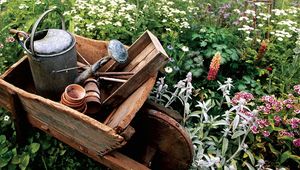
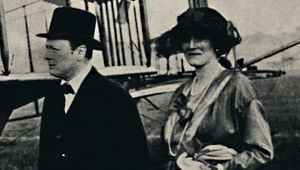
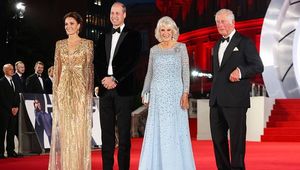
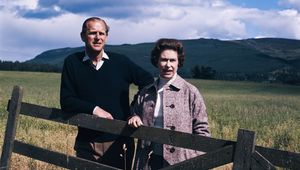
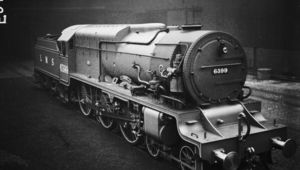
Comments